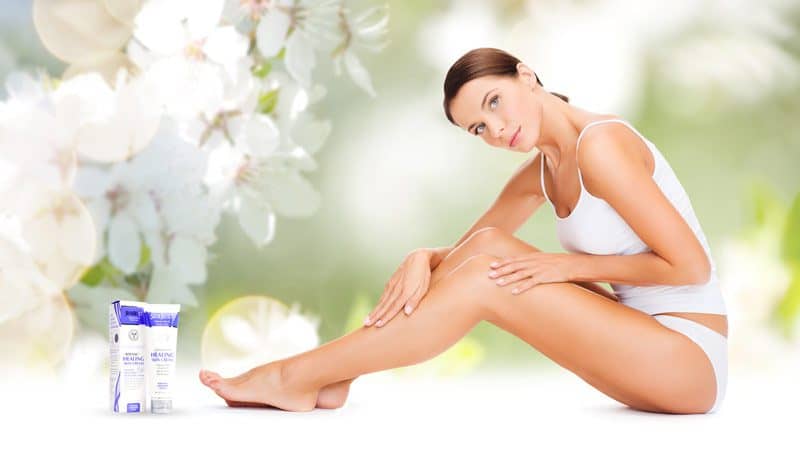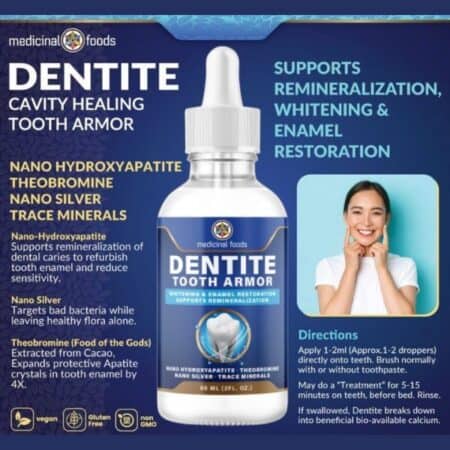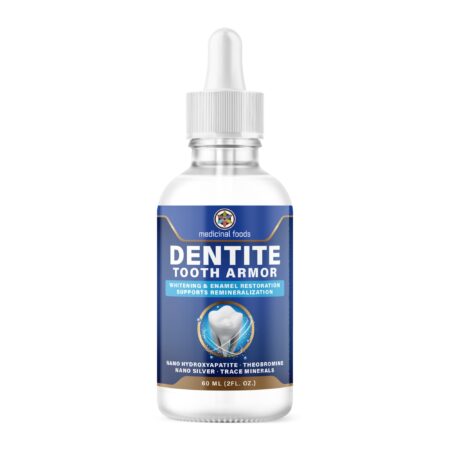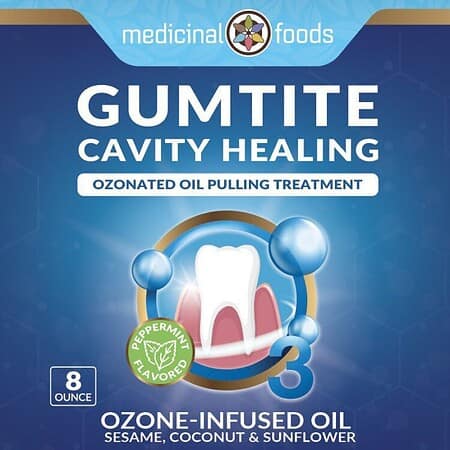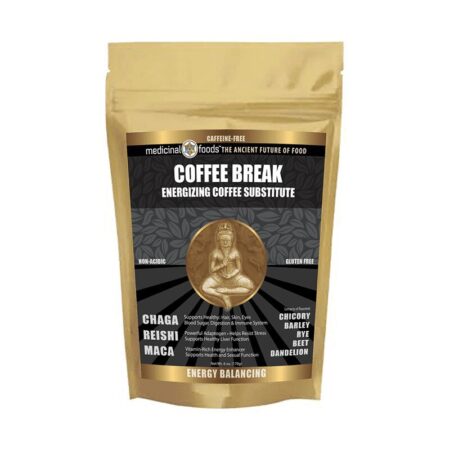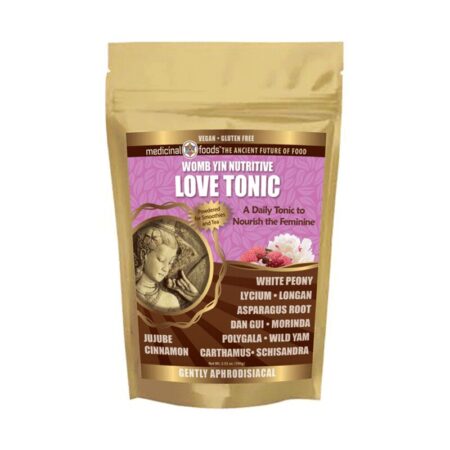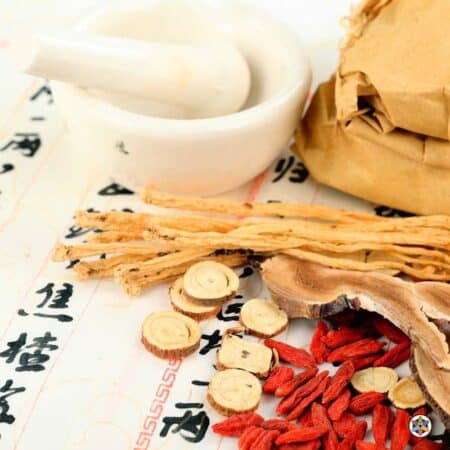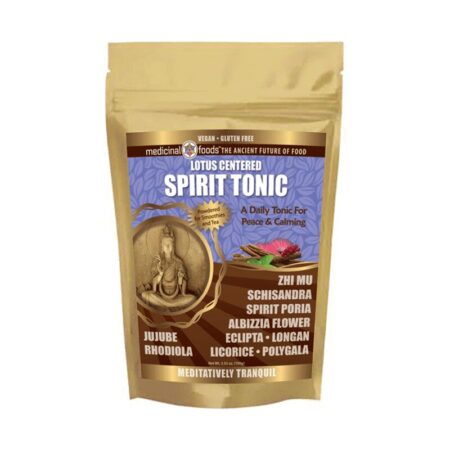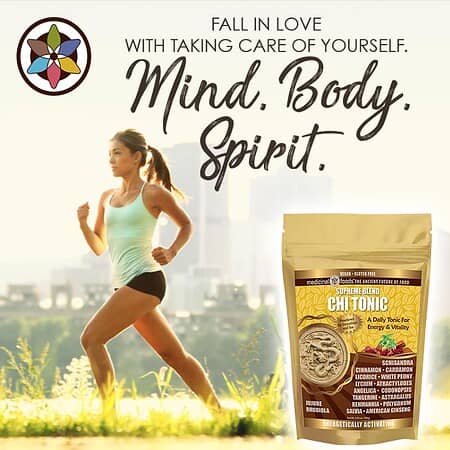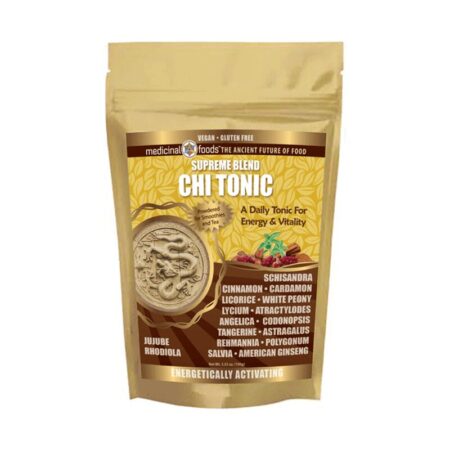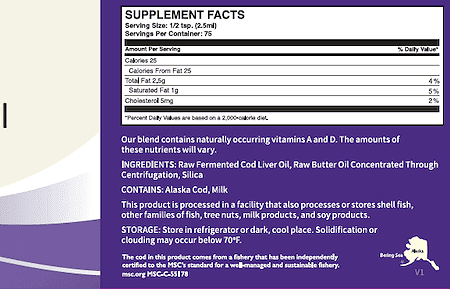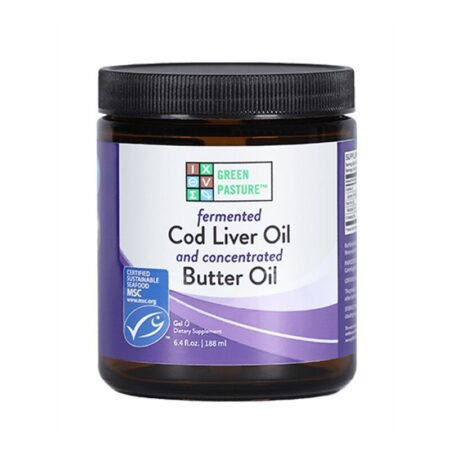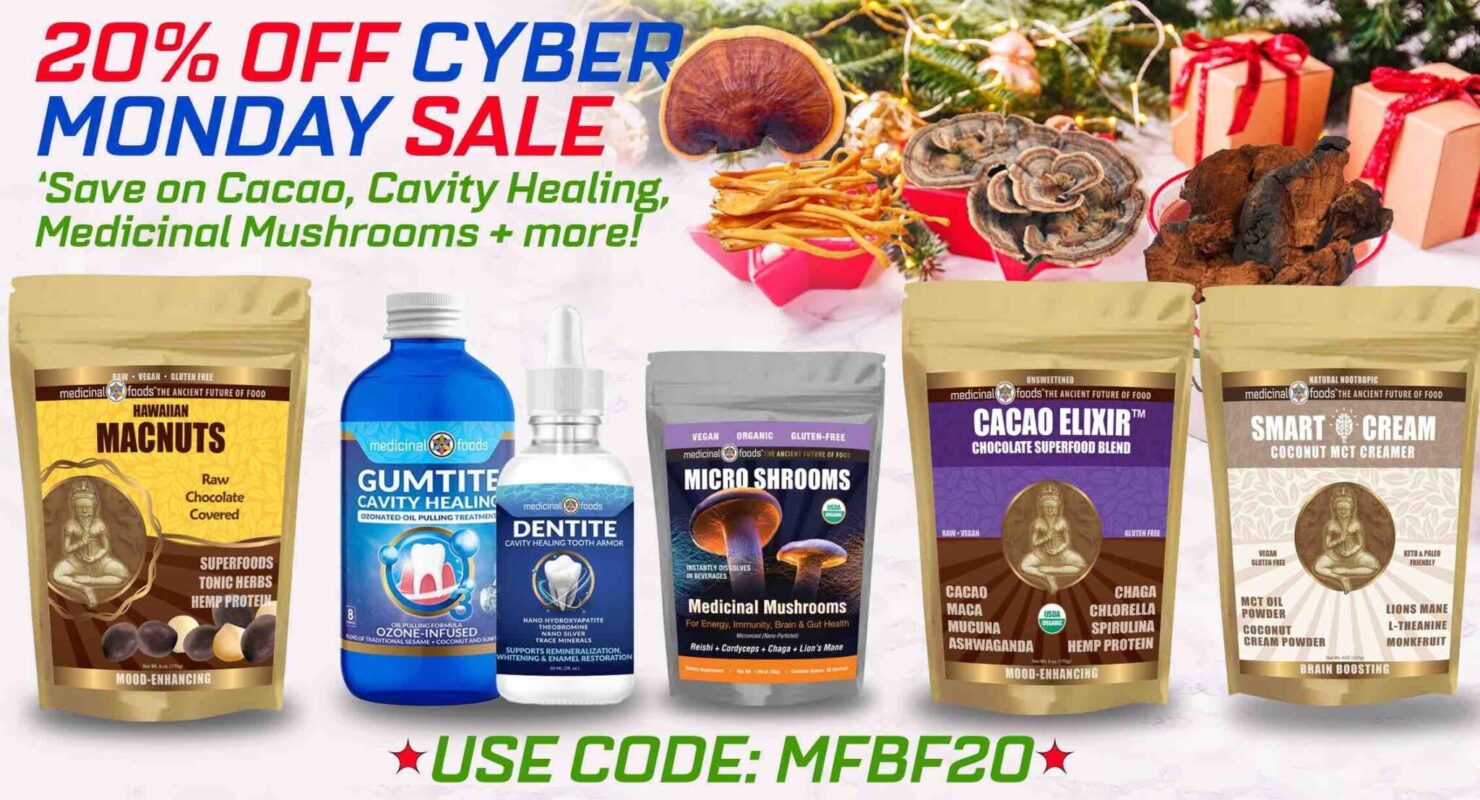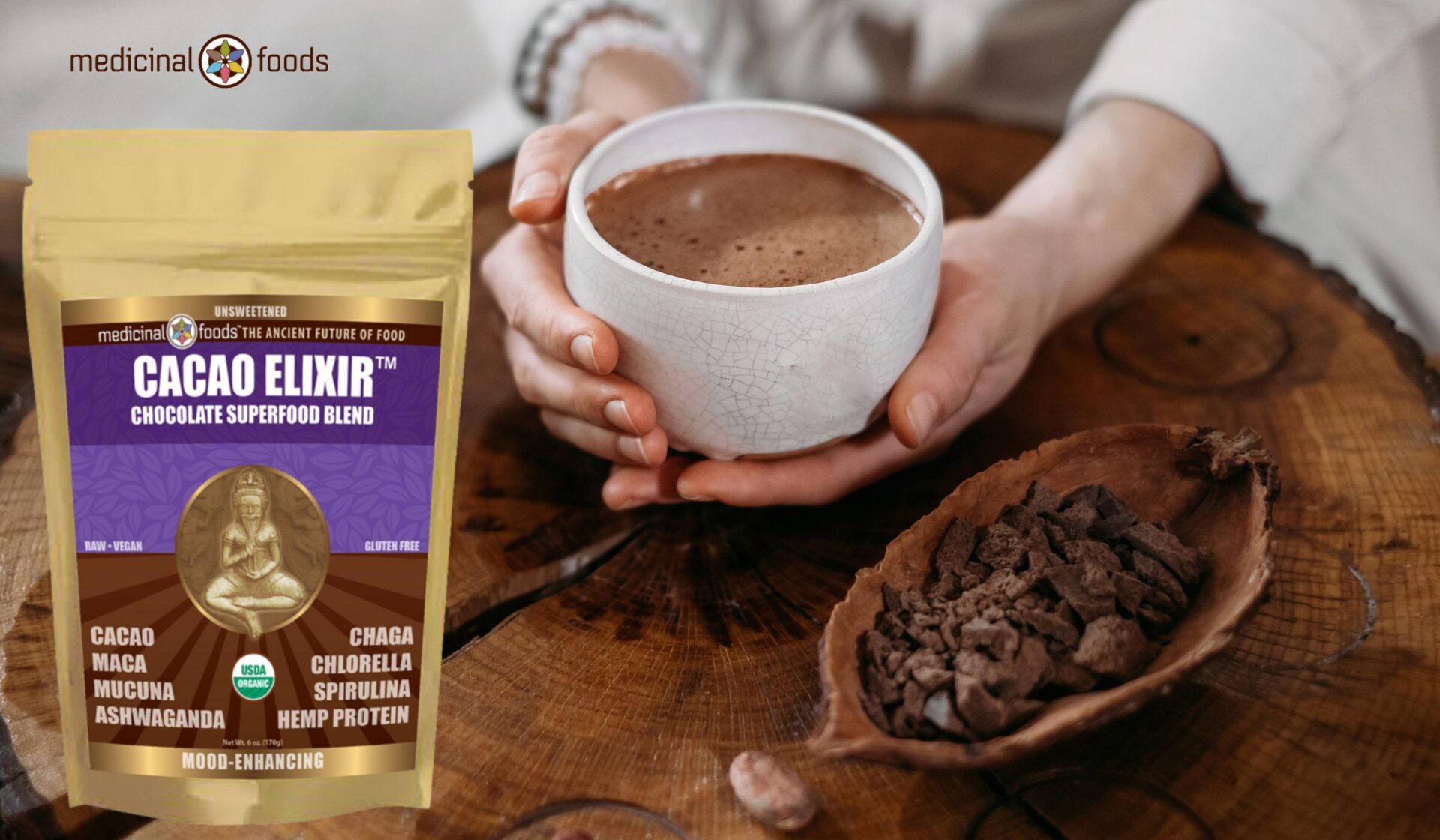The outer covering of our body is usually the first impression we give off as we move through the world.
So skin care products that aim to replenish and refresh this important organ can come in many types and serve many unique functions. So we at Medicinal Foods wanted to take a moment to get under your skin, if you don’t mind.
While it is the largest organ in terms of space and the number of cells, its actual processes, complexity and and functioning can often go over-looked.
Only when people are experiencing problems will they begin to pay more attention to its many properties and how to effectively take care of it over the long-term.
If we are experiencing dryness, irritation, or unwanted blemishes, we have to remember that the surface cells are constantly being replaced, and so we can take action to reduce these symptoms as new cells are created.
It is made up of 3 major layers:
Epidermis
This is the upper layer and is what we see when we look at people. This layer is actually made up of mostly dead cells which serve to protect us from the many toxins and pollutants we constantly interact with in the exterior world.
The cells are called keratinocytes (because they produce keratin) and are constantly being produced in the lower levels of the epidermis.
The newer keratinocyles are being pushed upwards, while the older and hardened keratinocytes, called corneocytes, are packed closely together on the upper epidermis to provide for protection.
The renewal process is always taking place, and from the creation of a new keratinocyle, to its eventual break down and flaking off from the body, is about four weeks.
Dermis
This is the middle layer and which many of the most important processes take place. In the dermis are blood vessels, proteins, glands, enzymes, and nerves.
Where the dermis and epidermis meet is called the dermal epidermal junction, and blood vessels supply oxygen, nutrients and moisture to the epidermis.
Hypodermis
This is the bottom layer of the skin, and is also called the subcutaneous tissue. It is where our body stores extra layers of fat for insulation – from the elements (such as cold weather), as well as from blows or trauma impacts to the body.
The hypodermis also contains more blood vessels and nerve tissue.
Proactive skin care
In order to holistically care for each layer, we need to know the important proteins that serve as the building blocks for each cell.
First we have collagen, which is the most common and abundant protein the in the body. Collagen is what gives the dermis firmness and structure.
As we age, our body produces less collagen to replace the old collagen. The result are lines, wrinkles and sagging skin.
Excessive exposure to ultraviolet radiation from the sun can also cause premature wrinkling and lines.
The other most important protein is elastin, which is a flexible material that allows the skin to “bounce back” after being stretched.
Another sign of aging is when the skin no longer holds tight to the body, and this is because of reduced elastin production (that is natural to all aging).
Best skincare for aging skin
The natural process of aging will leave our dermis less elastic and our epidermis is less quick to replenish old cells with new cells.
Dryness, lines and wrinkles are the most common results of this reduced amount of proteins. So how can these effects be counteracted?
There dozens and dozens of products on the market, but not all of them provide the same level of long-term maintenance, hydration, and sensitive care.
Many contain laboratory-produced additive that can cause adverse reactions, such as excessive dryness, dependency on the product, and even hormonal imbalances.
Some recommendations go so far as performing slight surgical cutting to the epidermis in order to shave away dead cells to encourage the formation of new ones.
Other laser treatments, liposuction, and even ultrasound treatments, should be undergone only if serious issues need to be transplanted.
These more invasive methods can cause long-term trauma to the various layers, despite their attractive short-term results.
Fortunately, there are many products hitting the market that are petroleum-free, cruelty-free (no animal experimentation took place during their production), vegan, and contain all-natural ingredients.
How to hydrate skin
One of the first techniques to ensure a clean and moisturized epidermis is by washing your face and skin regularly, once in the morning when you wake up, and then at the end of the day to remove toxins that accumulated throughout the day.
When it comes to products that will replenish nutrients as well as moisturize, keeping an eye out for serums, instead of lotions or creams, may be a better bet.
Why serums? They generally contain more active ingredients in higher concentration and are lighter in composition. This allows quicker absorption and thus more effective results.
Some key ingredients that help with reducing the appearance of aging are:
-
Retinol
-
Vitamin E
-
Antioxidants, such as Vitamin C
-
Peptides
-
Niacinamide
-
Exfoliants
It is important to maintain a moisturizing routine when taking a serum, because the many ingredients being absorbed without proper hydration can cause dryness.
Another common cause of the appearance of aging is consuming toxic foods, including alcohol.
Our body not only removes toxins through the urine and stool, but we also detoxify foreign and unusable substances through our sweat glands in the dermis.
So a body with a high toxic load, including free radicals and the accumulation of bacteria or artificial ingredients from food, will then affect the dermis and epidermis layers.
So reducing alcohol consumption and eating a diet rich in fresh fruits and vegetables is another simple yet effective method to remove the exterior signs of aging.
How to get smooth skin
A smooth and soft touch to our epidermis is also obtainable through a regular routine of washing and moisturizing with all-natural products.
Some essential oils can also be applied directly to the epidermis, such as tea tree oil, which serve to revitalize the dermis and the production of new cells, but also add vital nutrients for quicker and more efficient growth of new keratinocytes.
A great all-natural moisturizer is pure coconut oil, which first serves as an anti-bacterial through every layer down to the hypodermis.
Frequent application of coconut oil is a great way to smoothen and add a natural radiant glow by removing dead corneocytes, which also softens the surface texture.
While there are dozens of skin care products on the market, the most consistent and natural routine of a healthy diet, avoiding toxic foods, regular moisturizing, and applying very selective products. This formula can produce a vibrant and healthy appearance even as we age.


